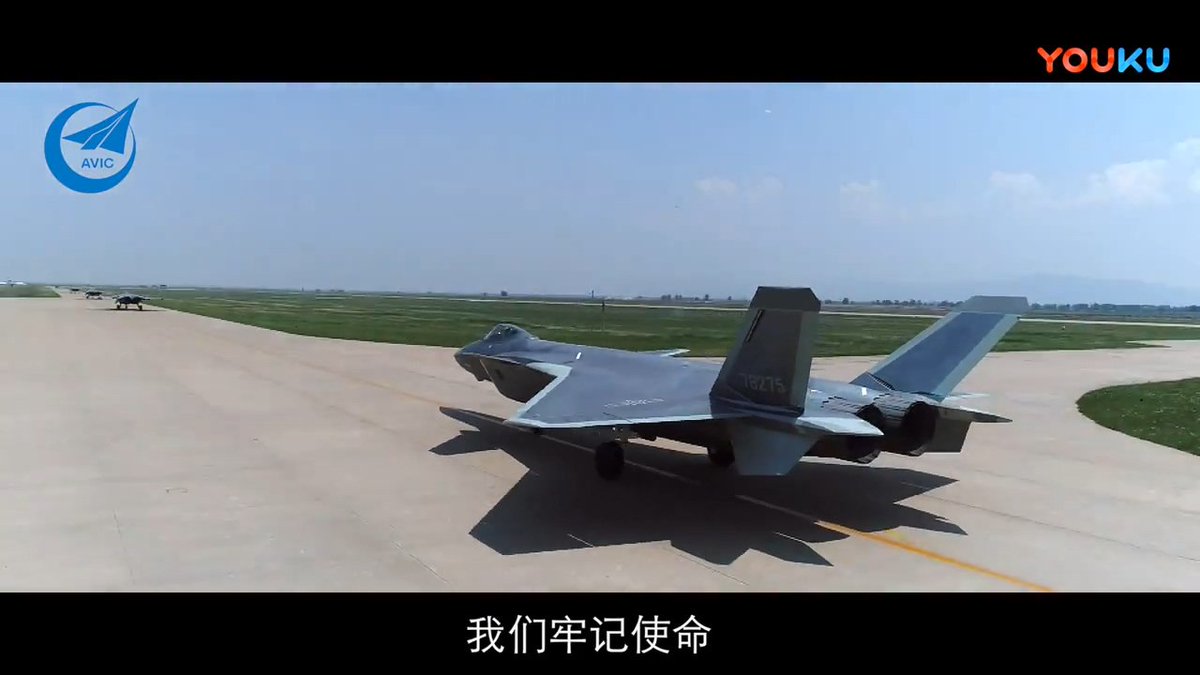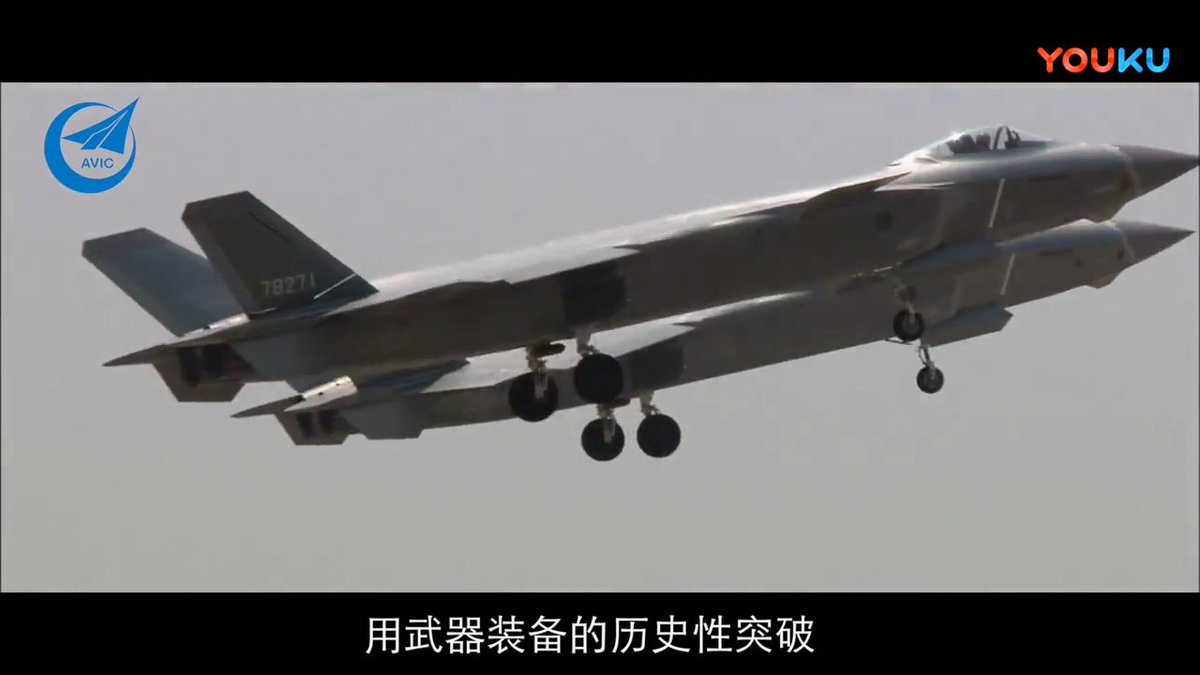You are using an out of date browser. It may not display this or other websites correctly.
You should upgrade or use an alternative browser.
You should upgrade or use an alternative browser.
J-20 5th Gen Fighter Thread VI
- Thread starter siegecrossbow
- Start date
- Status
- Not open for further replies.
+ more !!!
Looks like a scan from a magazine?!
I don't recall this being posted before.
(1800 x 1145)

Looks like a scan from a magazine?!
by78
General
+ more !!!
Looks like a scan from a magazine?!
Yes, it's a magazine scan.
Sure, other kind of selective bandpass material has been mass produced and used by the aircraft you mentioned. But are they the same as this kind (see the picture below)? Are these aircrafts using this one? I am sure you can see the difference. The caption says "perfect lens of metamaterial developped by Duke University". Will you still insist this is not exactly an artisan "craft"? (no need to answer though, as I am not into the definition of great or ordinary).Well, radome bandpass materials have been mass produced enough to equip well over 1000 fighters to date (180 F-22, 520 Eurofighter, 160 Rafale, 250+ F-35) and counting. It's not exactly an artisan craft
The CCTV program claimed this type and ONLY this type to be mass produced. I hope this is clear. Other than that, I am not interested in arguing whether one see this new material worth of notion, or worth to be seen as a breakthrough. We may think differently.
I think what’s missing in this discussion around metamaterials is the very basic point of *what* a metamaterial is. Specifically, what makes a metamaterial a metamaterial is that its properties are derived from the structured spatial arrangement of its consitituent elements, not from inherent properties of those elements themselves. Presumably, as far as RCS reduction is concerned, I’d imagine the main benefit is probably cost, weight, complexity, and ease of maintenance. It might also help relax the burden on shaping and careful material pairing by adding a different layer of mechanics and properties to play with. I’ve read that it can also allow for RCS reductions across a broader range of EM bands, but it’s really hard to say how much this sort of material might improve on previous types of RCS reducing materials and methods without actual numbers. This story about metamaterials may prove to be more significant for other aspects of the J-20’s design than for what it might say about its RCS.
Sure, other kind of selective bandpass material has been mass produced and used by the aircraft you mentioned. But are they the same as this kind (see the picture below)? Are these aircrafts using this one? I am sure you can see the difference.
Maybe I'm being thick, but I still don't quite see logically why it has to be exactly the same to qualify as a metamaterial? Is a delta wing only a true "delta wing" when its LE sweep angle is precisely 53°? Was Intel's SSE not a SIMD extension set because it wasn't exactly the same as AMD's 3DNow! counterpart?
Variations on the same basic theme (your own source shows several distinct patterns, the one below the J-20 picture is actually closer [though far from identical] to the Sukhoi FSS pattern than Eurofighter's in that it uses curved shapes).
Will you still insist this is not exactly an artisan "craft"? (no need to answer though, as I am not into the definition of great or ordinary).
What I meant with that comment is merely that to have been deployed on the scale indicated, the manufacturing process must have attained a decent level of industrialization (i.e. well beyond lab scale or individual craft in output and fidelity). I'm sure it's possible to do better nowadays - but is a carbon fiber wing not a carbon fiber wing unless it has been built with Irkut's pioneering out-of-autoclave process (MS-21)? I think you get my drift
The CCTV program claimed this type and ONLY this type to be mass produced. I hope this is clear. Other than that, I am not interested in arguing whether one see this new material worth of notion, or worth to be seen as a breakthrough. We may think differently.
It is definitely worthy of mention, as it all but confirms the presence of an important RCS reduction technique on the J-20 that can't be verified from normal aircraft photos. You know there will always be people who will refuse to believe unless they get such evidence (take the crowd who to this day insist the Su-57 has not tested its weapons bays in flight because no photos have been published, even though a leaked progress report slide dating from early 2014 states point blank that it had already happened by then).
I think what’s missing in this discussion around metamaterials is the very basic point of *what* a metamaterial is. Specifically, what makes a metamaterial a metamaterial is that its properties are derived from the structured spatial arrangement of its consitituent elements, not from inherent properties of those elements themselves.
A typical problem with buzzwords. One has to realize that they may not be universal (i.e. differ between languages and even OEMs) and be intellectually flexible enough to recognize the basic principle rather than rigidly sticking to the catch phrase.
CG means Computer Graphics.
Actually they're not, they're illustrations.
- Status
- Not open for further replies.







